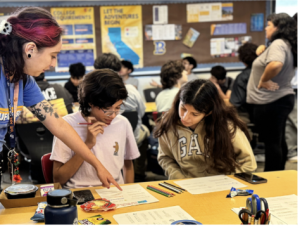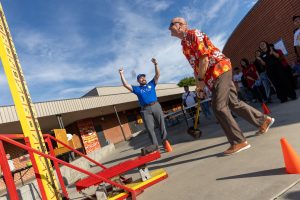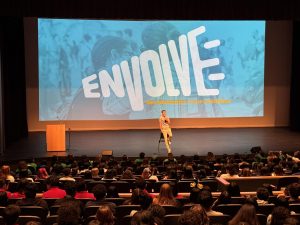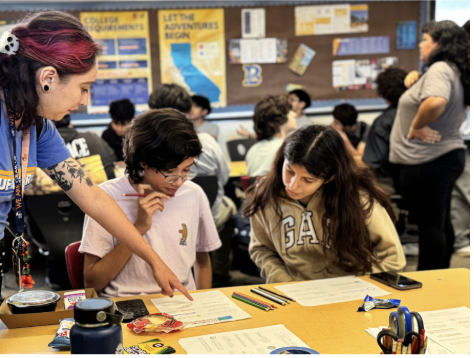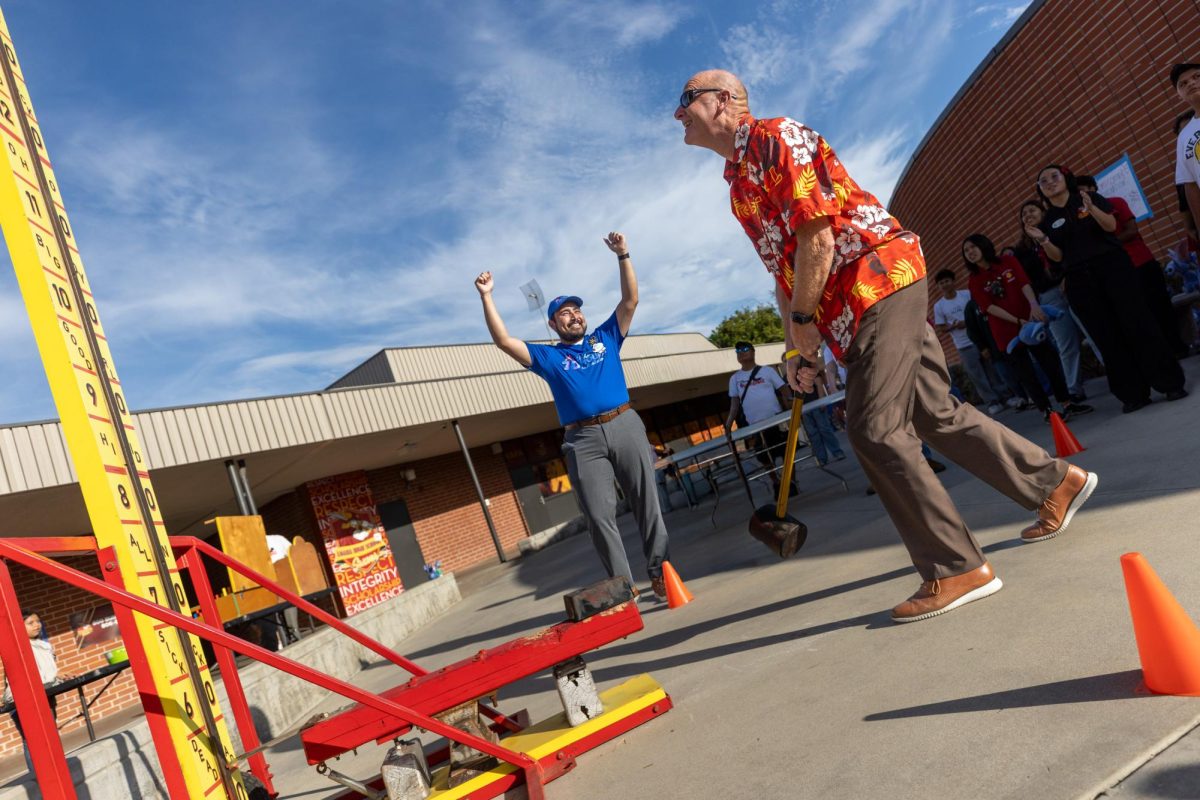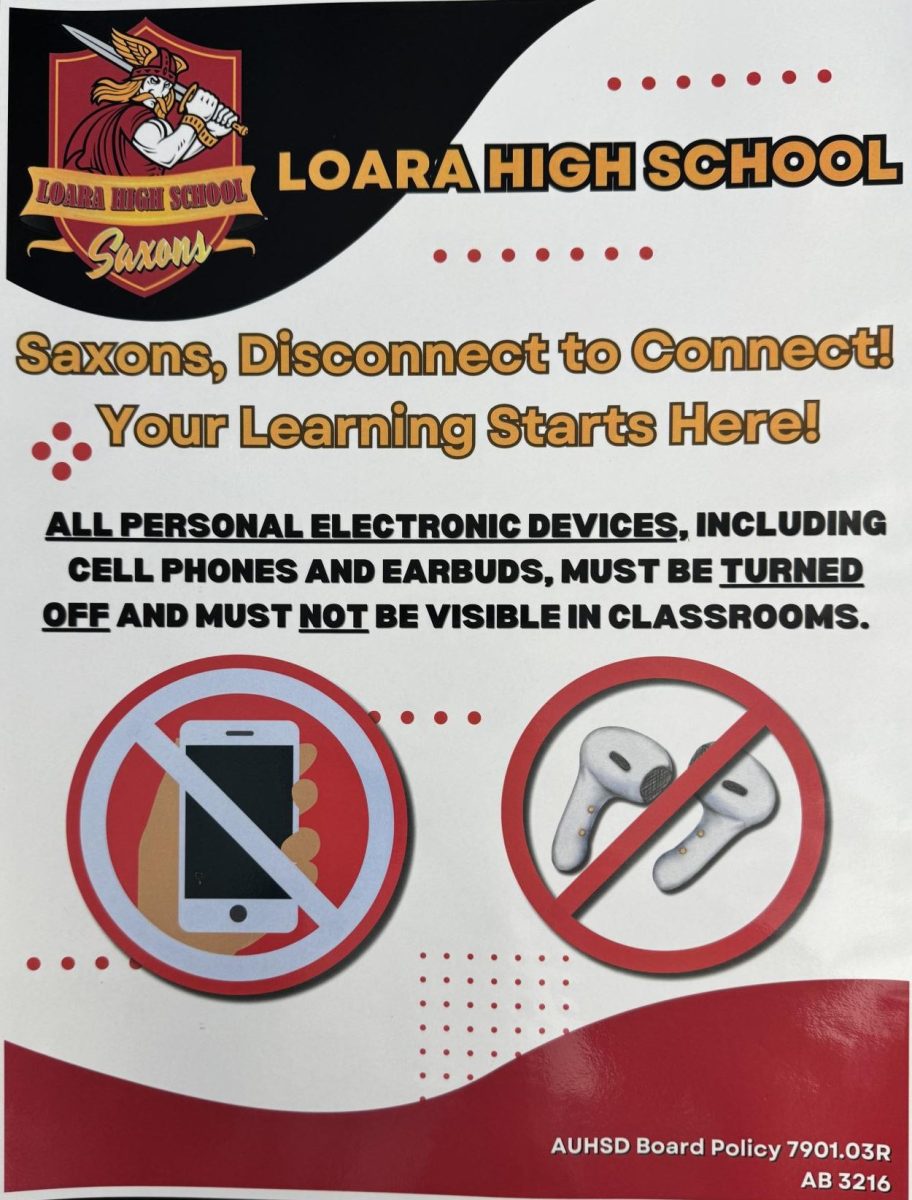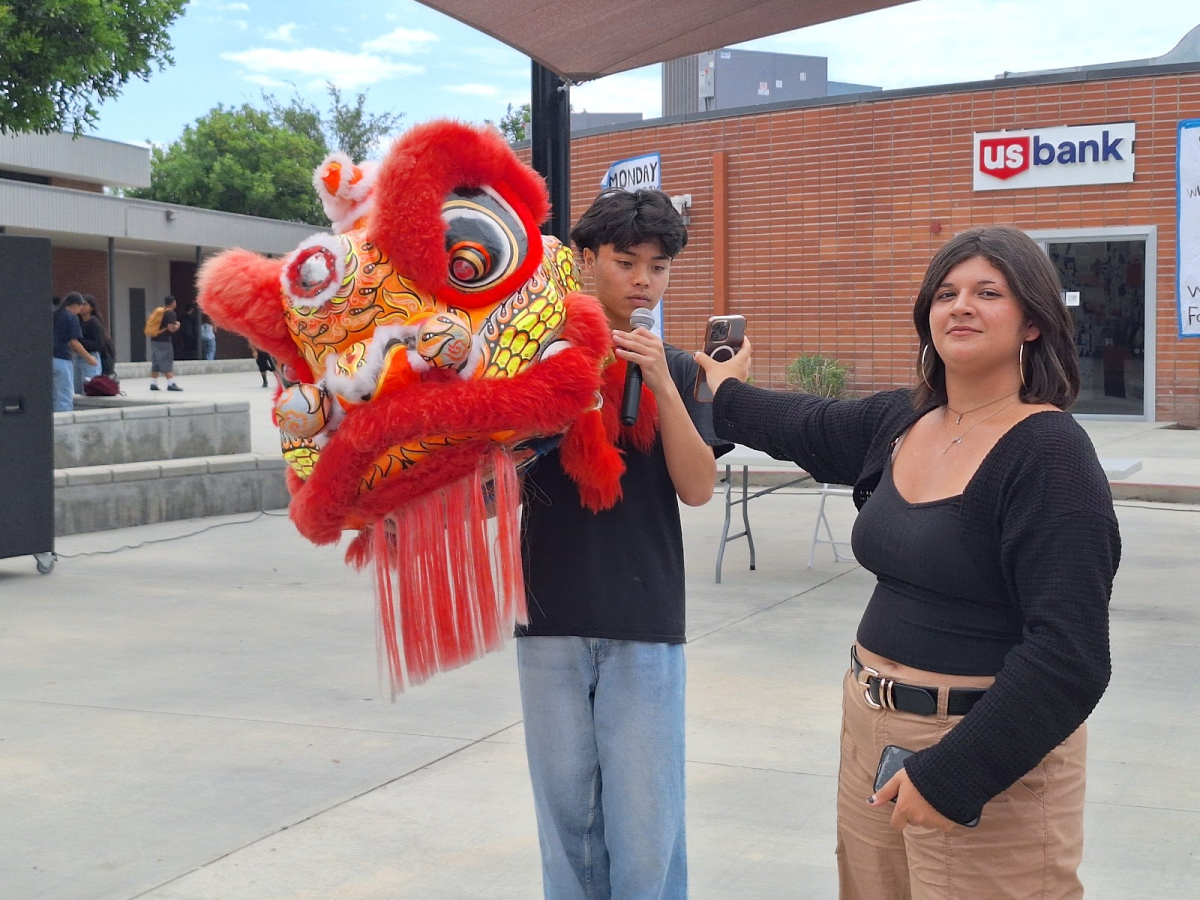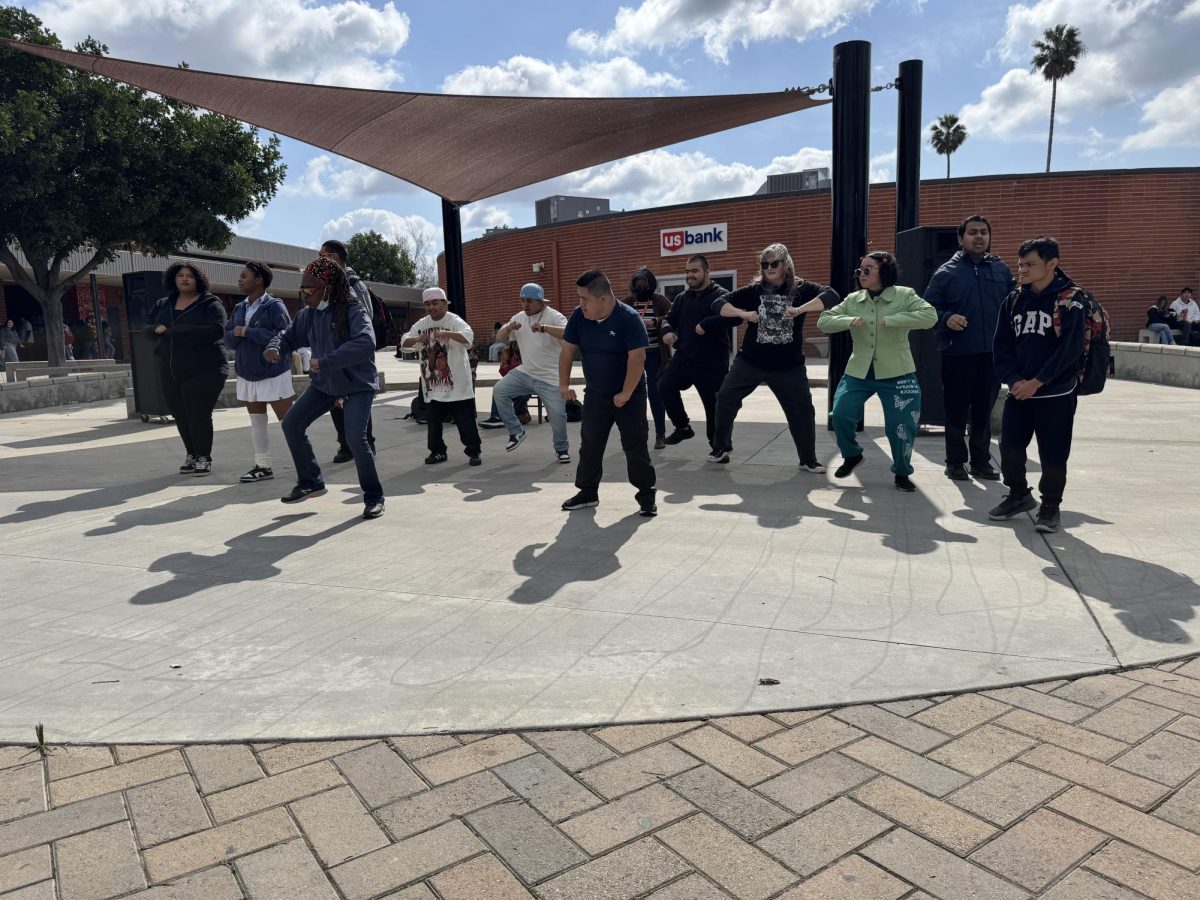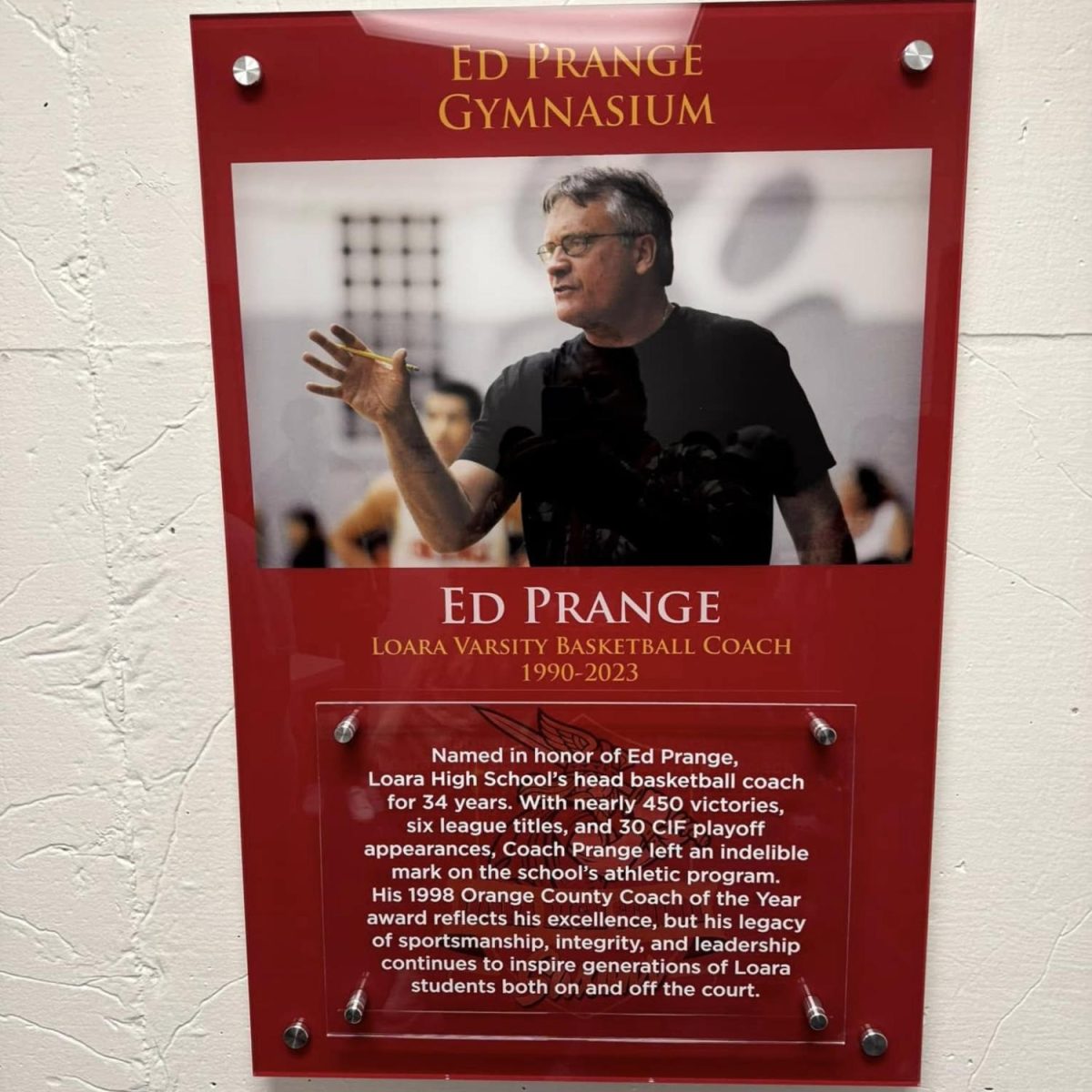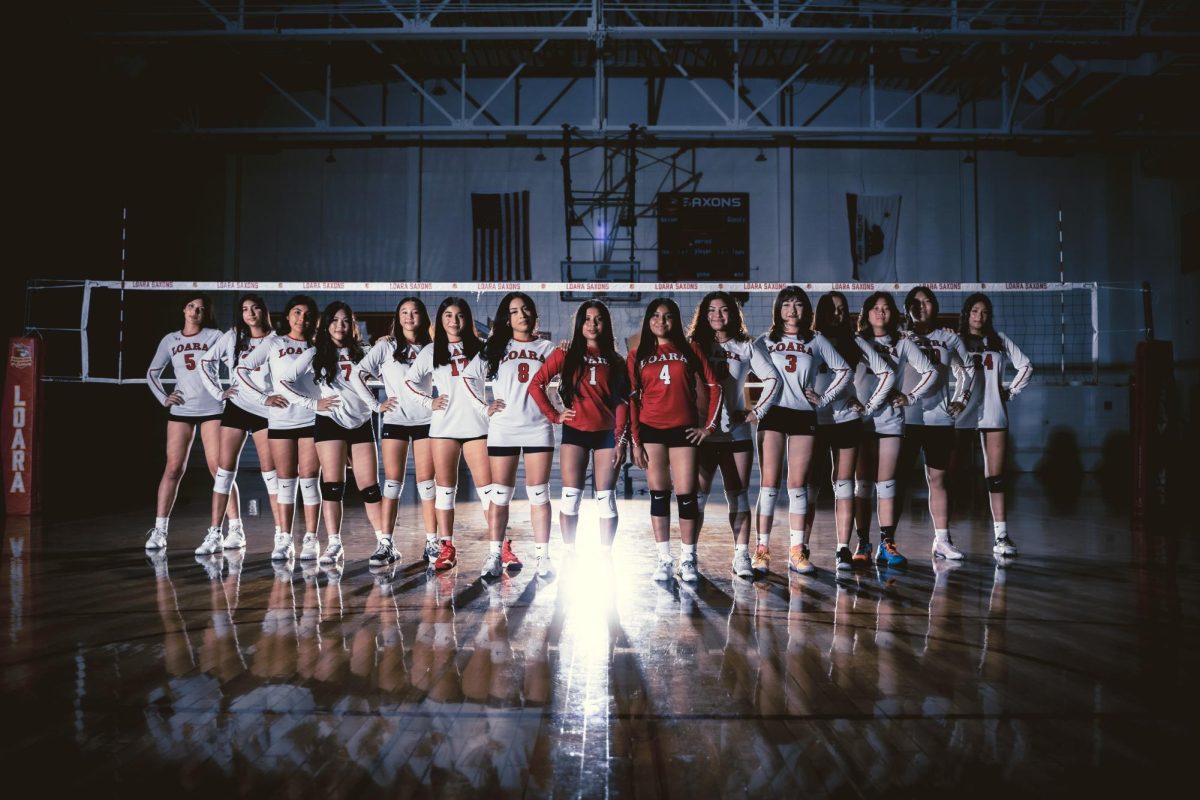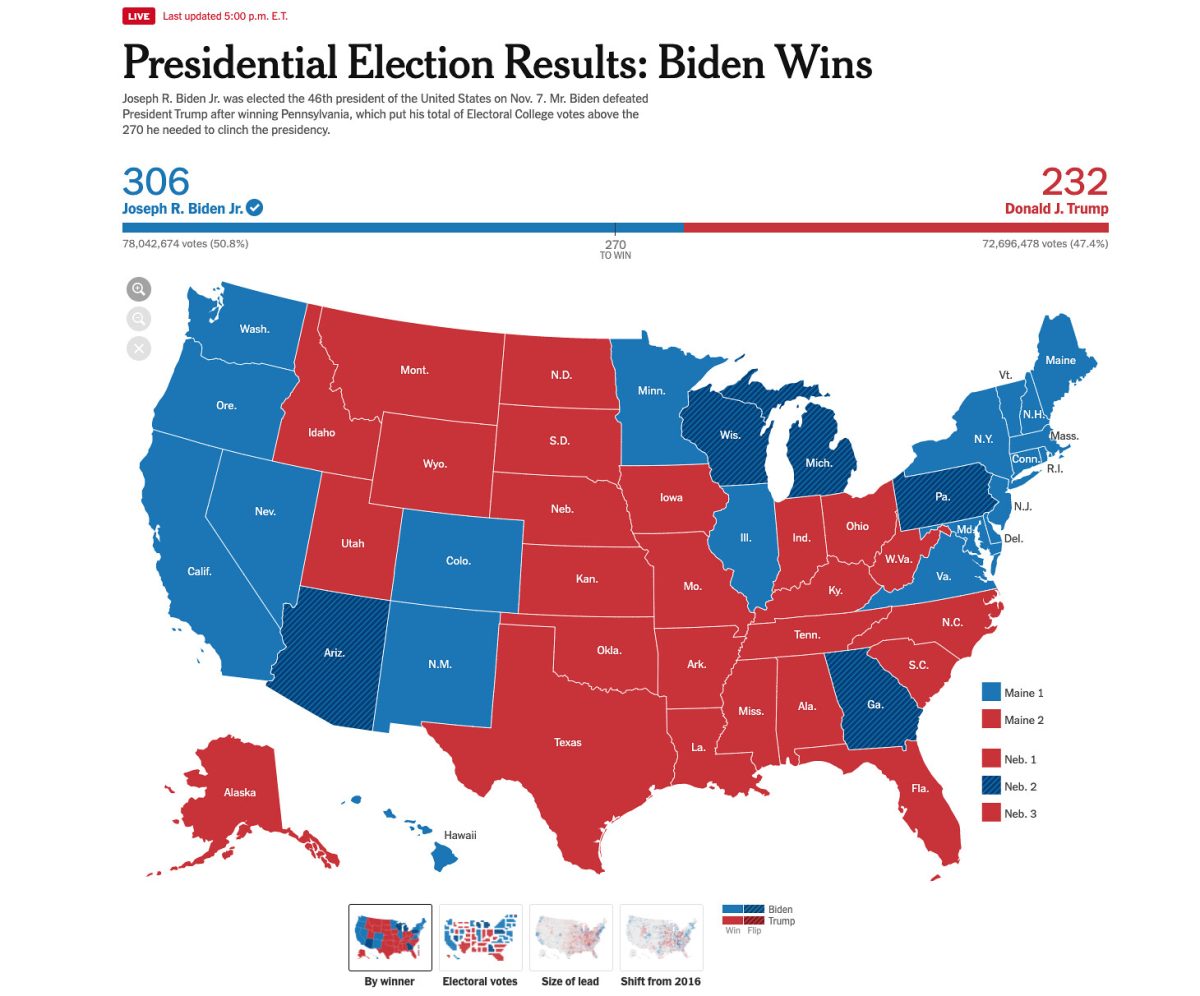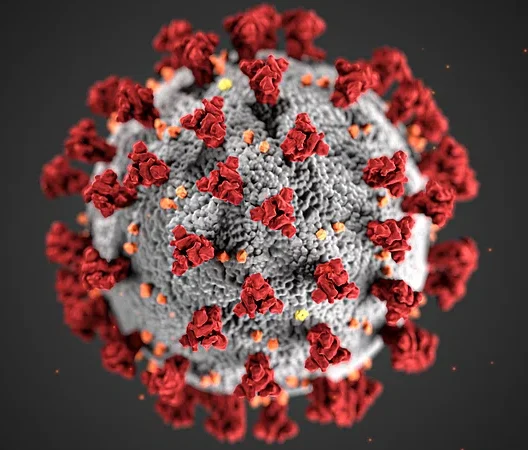The Coronavirus pandemic has and will continue to alter our world forever. If you’ve been social distancing and wearing masks, it feels almost weird to think back to when we crowded the school hallways during passing periods or lunch. Some may be aware of how quickly the U.S. skyrocketed in cases at the start of quarantine, soon becoming the country with the most COVID-19 cases. According to the CDC, we are still number one, with about 7 million total cases in the U.S. alone, while larger countries like Canada have only about 145,000 total cases.
So, how are other countries handling the virus that they have so many fewer infected people than the U.S.? New Zealand seems to be one of the most successful countries in handling the virus, with about 1,500 cases and 25 deaths according to Worldometers. The people of New Zealand credit their prime minister, Jacinda Ardern, for their success. In Jason Beauien’s article for National Public Radio, he describes how in March, Ardern didn’t want New Zealand to become Italy, so she “shut down travel to the country, essentially banning all foreigners from entering…” This quick action she took early on contributed to the low numbers currently.
Another example is South Korea, with 23,000 total cases of the virus. They took early action, and according to Ian Bremmer’s article on “The Best Global Responses to the COVID-19 Pandemic,” South Korea started making Coronavirus tests and “scaling up production to thousands-per-day while its toll was still below a hundred…” They were extremely vigilant about the virus with testing, isolation, and quick treatment of the infected.
Some other quick facts about the cases in other countries include that the UK has approximately 398,600 cases with 41,000 deaths, and Switzerland has 50,300 cases with 2,000 deaths as of now. Although it is too late to take early action like the other successful countries, the U.S. can still take action now so that people don’t have to die, and we can go back to our normal lives—hanging out with friends, going to school, working, and doing things that aren’t virtual for a change.
